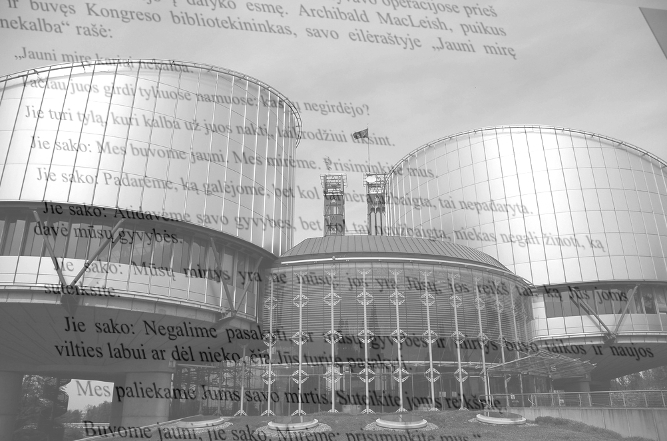Žyma: InEnglish
-

Were There Sufficient Reasons to Refer Case „Drėlingas v. Lithuania” to the Grand Chamber of ECHR?
The text below discusses the grounds for referral of the case „Drėlingas v. Lithuania” to the Grand Chamber of the European Court of Human Rights. Unfortunately the case was not referred to the Grand Chamber for review. It failed to be referred to the Grand Chamber not because there were not enough grounds, however. It…
-

Codeigniter form with integrated data and file validation
In one application built on Codeigniter framework I needed to create a special form. The form had to allow a user to both enter text data and upload an image. It was actually the first time I had any experience with programming forms that would include file upload. And I found out it is not…
-
Lithuanian Supreme Court Ignores Strasbourg Genocide Judgment
The Plenary Session of the Supreme Court of Lithuania (SCL) adopted on April 12, 2016, the final ruling in a case in which a former KGB officer, Stanislovas Drėlingas, was accused of being an accomplice in genocide, and sentenced for this crime both by the trial court and the appeals court. Drėlingas was prosecuted for…